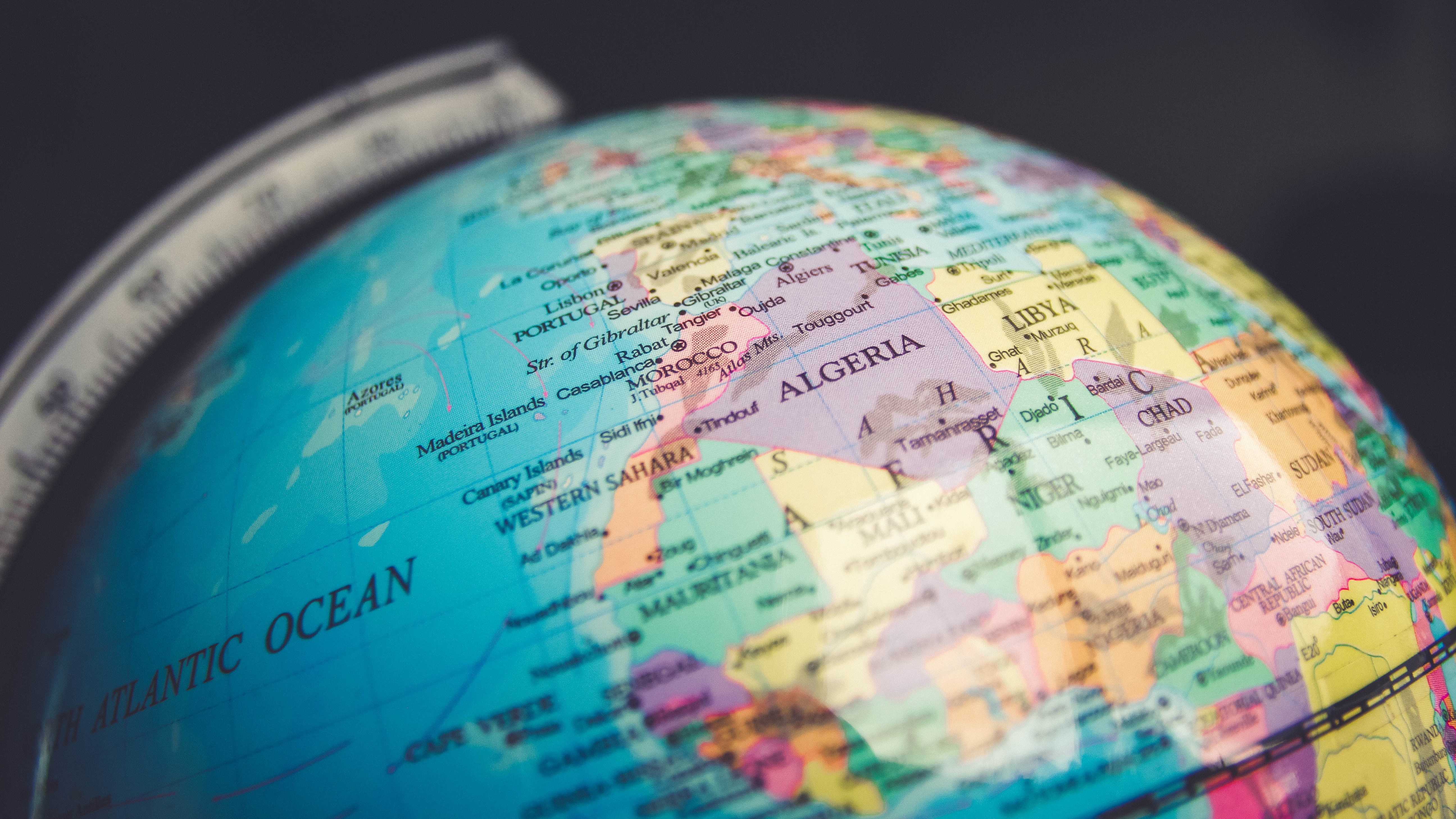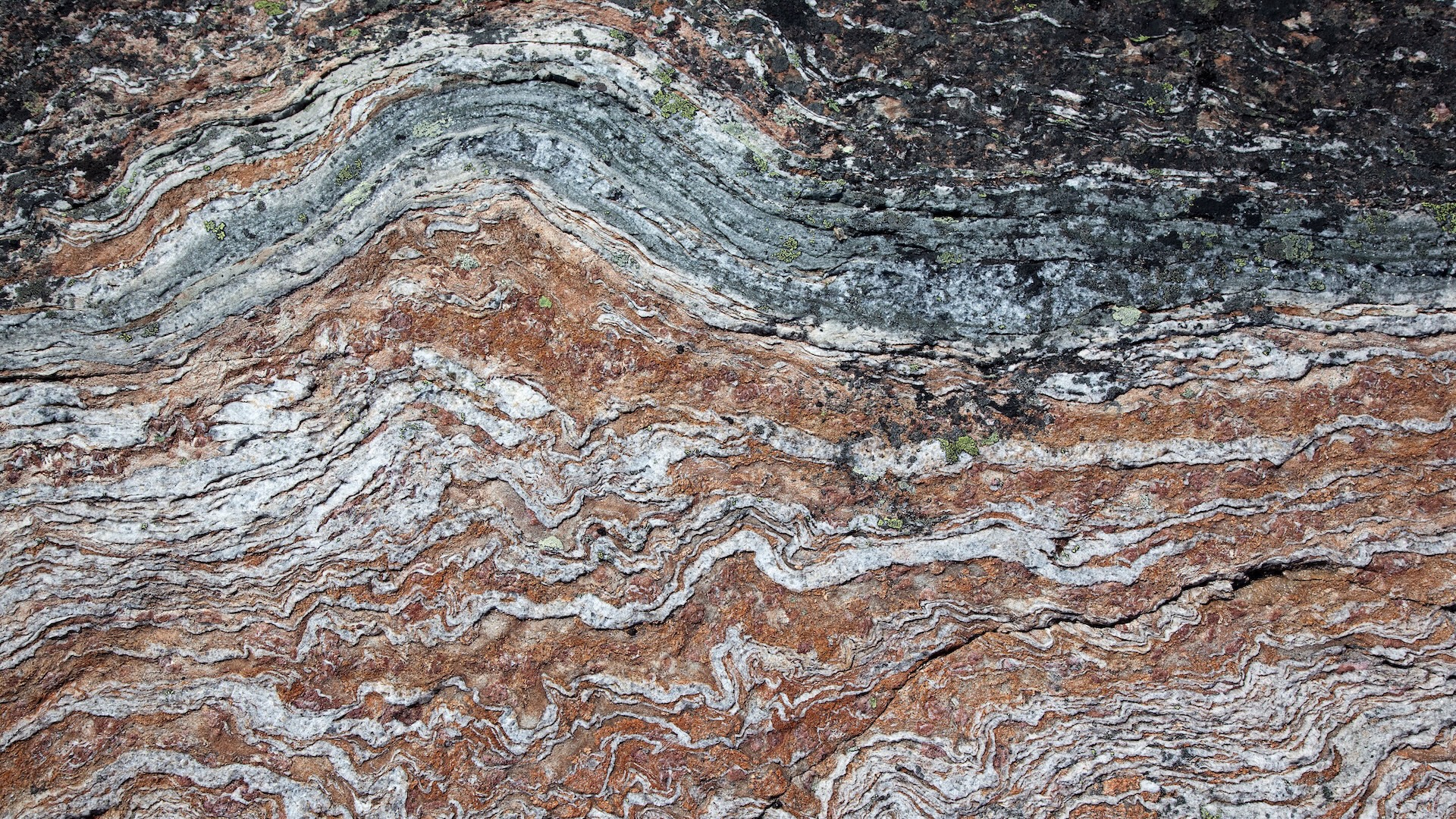Equator quiz: Can you name the 13 countries that sit on Earth's central line?
There are 13 countries that sit on Earth's equator. Can you get them all in 5 minutes? If so, how fast can you do it?

The equator is the imaginary line that horizontally encircles the middle of Earth, stretching approximately 24,900 miles (40,000 kilometers) long. It's located halfway between the North and South poles, dividing the Northern and Southern hemispheres, with a latitude of 0 degrees.
Humans have known Earth is round for thousands of years — starting with the ancient Greeks, including Pythagoras, around 500 B.C. and confirmed by Aristotle a couple of centuries later. Shortly after this, Eratosthenes became the first person to work out the circumference of the planet.
Researchers think pre-Inca civilizations knew the location of the equator, creating the astronomical observatory Catequilla on it around 800 A.D., according to the BBC.
But it wasn't until the 1700s that the equator was first mapped — albeit slightly off — by a team of French scientists. This same team also confirmed that Earth's circumference is largest at the equator because of a phenomenon known as the equatorial bulge. This is caused by the centrifugal force exerted on the planet by its rotation, which means gravitational force is lower at the equator than elsewhere on Earth.
The equator is also an ideal spot for rocket launches into space. As well as the equator having lower gravity, Earth's spin is faster there, giving rockets an extra boost when launched from the line.
Today, the equator passes through 13 countries. Can you name them all in 5 minutes? If so, how fast can you do it? Take our science quiz below to find out. The continent or region the country is located in is provided. Make sure you login to add your name to the leaderboard. If you need a hint, just hit the yellow button.
More science quizzes
—Periodic table of elements quiz: How many elements can you name in 10 minutes?
—US volcano quiz: How many can you name in 10 minutes?
—Ancient Egypt quiz: Test your smarts about pyramids, hieroglyphs and King Tut
—Evolution quiz: Can you naturally select the correct answers?
—Black hole quiz: How supermassive is your knowledge of the universe?
Get the world’s most fascinating discoveries delivered straight to your inbox.

Hannah Osborne is the planet Earth and animals editor at Live Science. Prior to Live Science, she worked for several years at Newsweek as the science editor. Before this she was science editor at International Business Times U.K. Hannah holds a master's in journalism from Goldsmith's, University of London.
